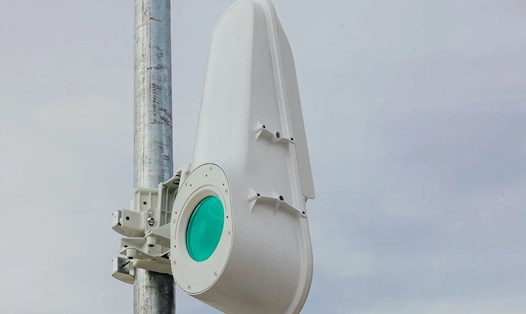Researchers at the Massachusetts Institute of Technology (MIT) have just announced a breakthrough technology when a chip-embedded mobile laser device is capable of detecting chemicals almost immediately with unprecedented accuracy.
This work was published in the journal Light: Science & Applications on August 19 (local time), promising to change the way of environmental monitoring and ensure industrial safety.
Unlike traditional spectrum machines that are bulky, the new device integrates all the necessary components into a single chip.
The system uses a broadband infrared frequency strategy, also known as "optical fiber" to identify chemical compounds through the characteristic light frequency.
This allows the detection of even the smallest traces of the harmful substance, while providing a mobile and convenient advantage for remote monitoring.
The study was led by Professor Qing Hu (from MIT). He and the team solved a major challenge of scattering, which causes uneven spacing between laser lines and hinders accuracy.
Previously, they applied Dual chirped mirror (DCM) technology for terahertz frequency matching. However, bringing this method to the Infrared strip, with a wave length ten times shorter, requires extremely accurate manufacturing.
The main author Tianyi Zeng, who just received his PhD from MIT, described the difficulties in the research process: The adjacent mirror layers are only a few dozen nanometers apart, making optical embankment (technology used in semiconductor technology and materials technology) unable to meet the requirements. We even have to carve deep into very stiff materials.
After more than two years of testing and many seemingly failed attempts, the group has found a way to directly integrate DCM mirrors intolasers on chips, eliminating the need for bulky optical equipment.
This step opens up the prospect of more accurate environmental sensors, which can distinguish between different types of gas and toxic compounds in the air.
In addition, the new color can also be expanded to many other laser systems, allowing the creation of frequency bands with greater power and bandwidth to serve many industrial applications.
Experts say that MIT's research marks an important milestone, paving the way for the mass production of ultra-compact laser sensors, contributing to enhancing environmental safety, protecting public health and enhancing the ability to monitor global industry.




